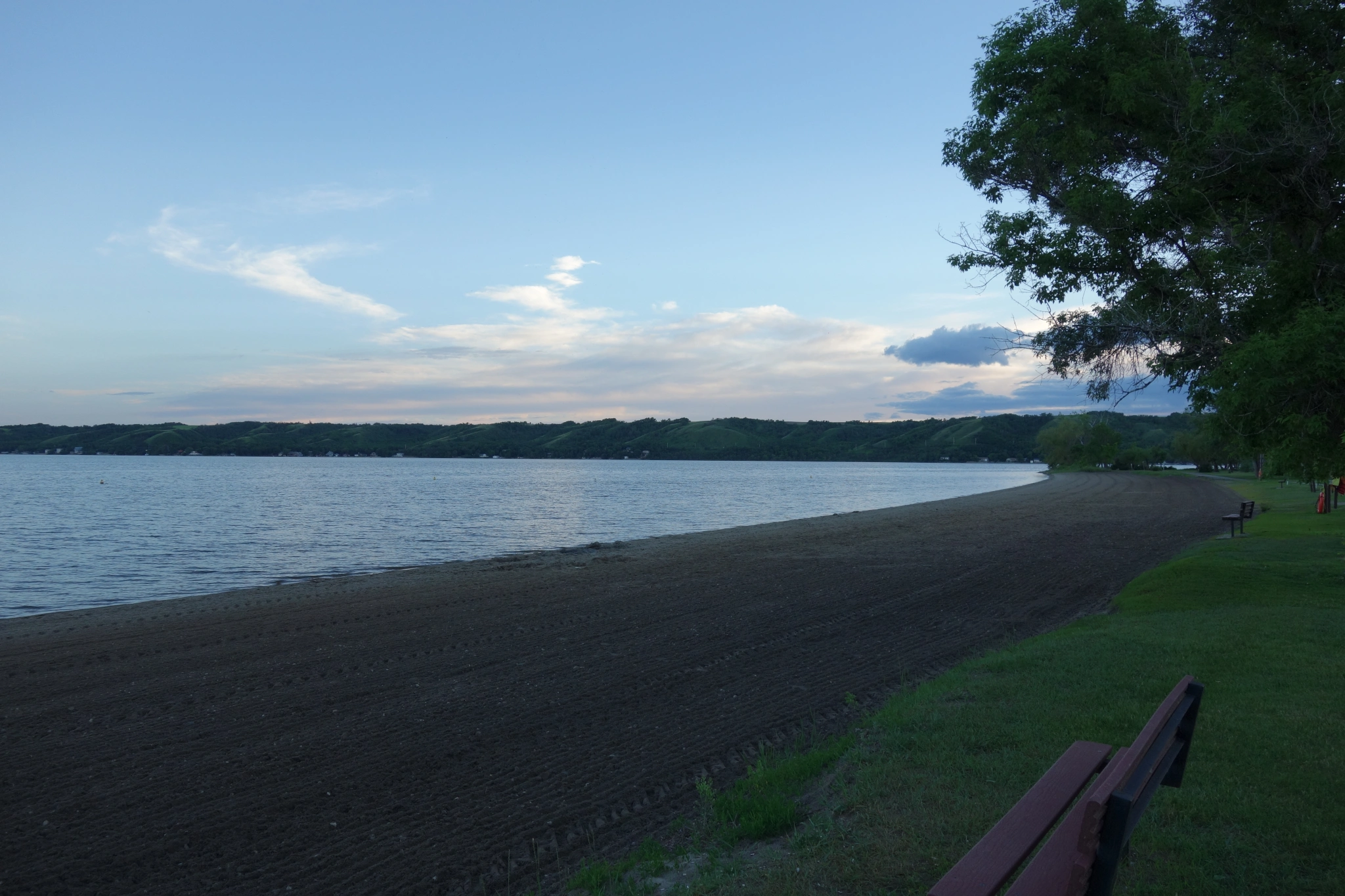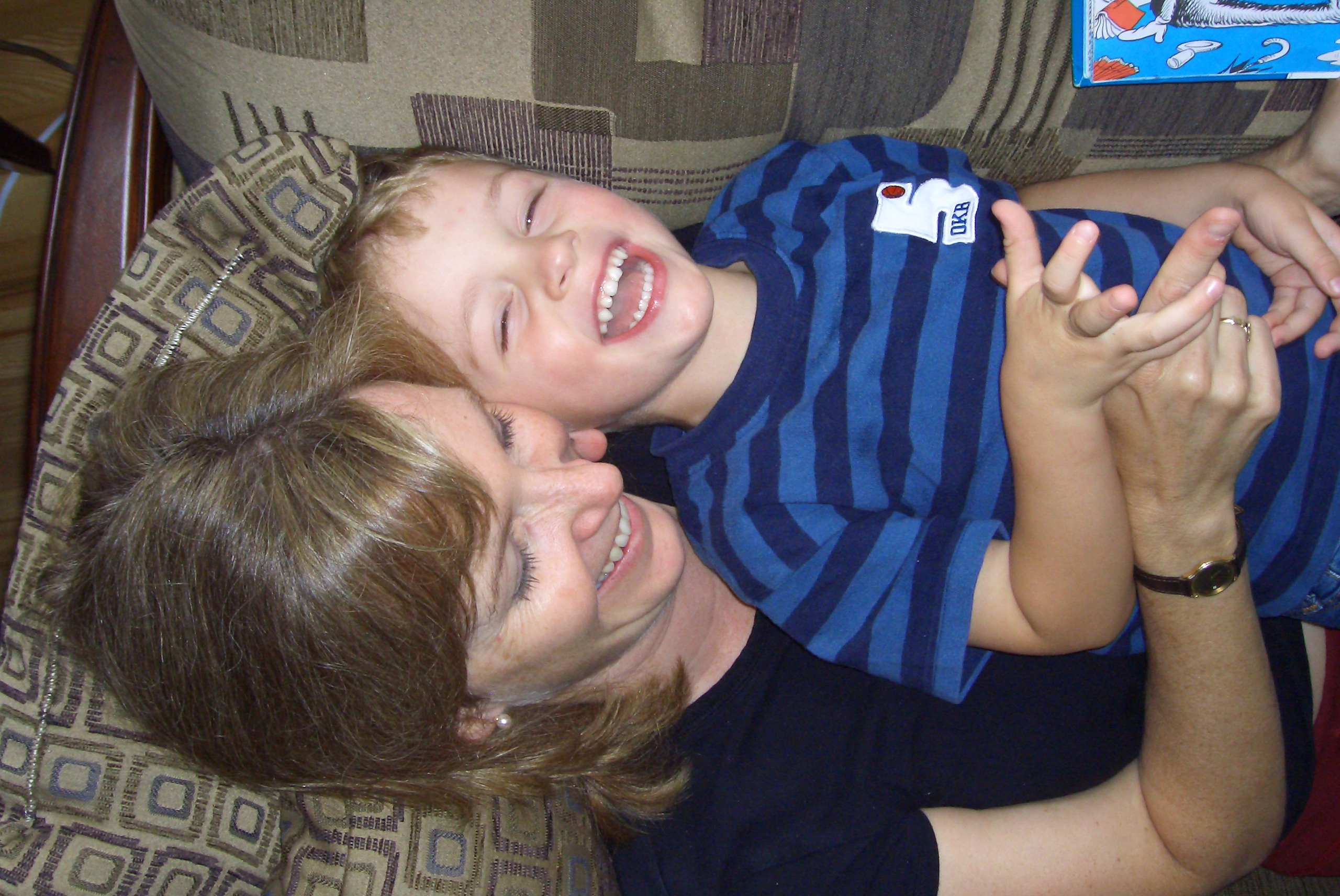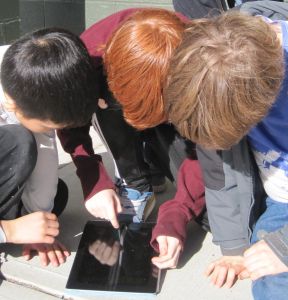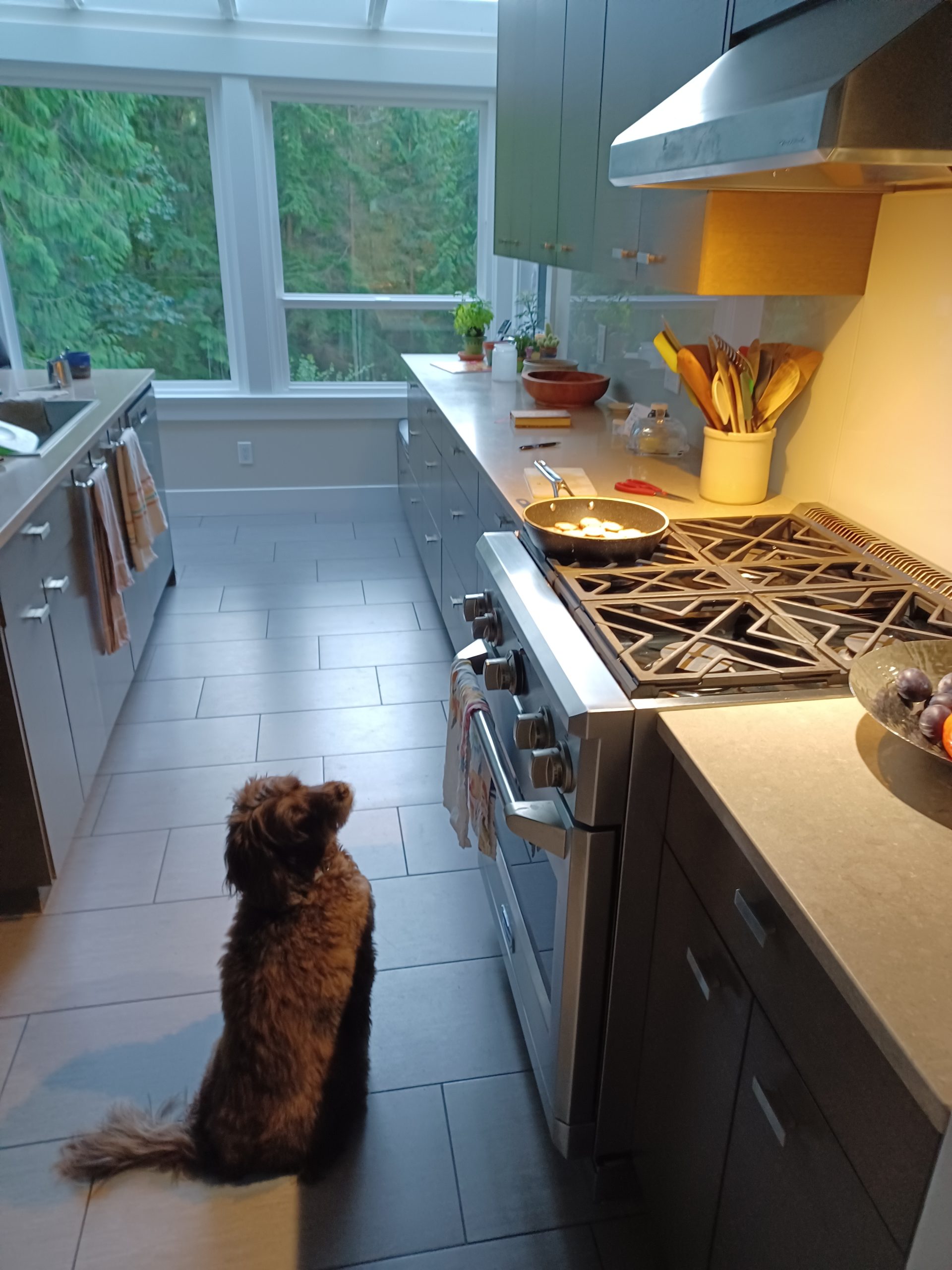The land acknowledgement was thought-provoking. I’ve lived in or been coming back to these Saskatchewan places for decades, but not for public events. I’m not used to hearing these sorts of words in these settings. It is the opening ceremony for a new exhibit at the Indian Head Museum (https://www.facebook.com/IndianHeadMuseum/ ) to commemorate this town’s contributions to baseball in Canada.
Jim Robison, my maternal grandfather who died long before I could know him, loved baseball and as mayor of this 1600 person strong town, I am told he promoted Indian Head whenever he could. As major league baseball teams in the US slowly began taking on black players, starting with Jackie Robinson in 1947, my grandfather saw an opportunity for African American baseball players, and the town and the sport he loved. Jimmy, as he was known, brought the all-black Jacksonville Florida Eagles, who’d been operating as part of the Negro American League, to Indian Head. In 1950, they became the Indian Head Rockets.






For several years in the 1950’s, Indian Head hosted Canada’s largest semiprofessional baseball tournaments. Other small-town teams, many of whom had black players who’d been attracted to Canada by the opportunity to play and higher pay, competed for thousands of dollars in prize money. At times, Indian Head businesses, church and service groups were — at peak attendance—looking after the needs of up to 30,000 spectators who would drive on gravel roads for the weekend-long tournaments.
But today, it’s a smaller crowd who’s gathered. Waiting in the audience for our first peek of this new exhibit in this charming, vibrant museum housed in the 1907 former firehall, the land acknowledgement went something like this:
“This is Treaty Four land and the traditional territory of the Cree, Saulteaux (SO-TO), Dakota, Nakota, Lakota, and the homeland of the Métis Nation. This is a time for us to consider what we can individually do toward reconciliation, recognition, and inclusion. We’re all part of this treaty. We all have benefits and obligations under these agreements. We acknowledge the harms and injustices of the past and present and we dedicate our efforts to working together in the spirit of collaboration. We are all Treaty people.” -Indian Head Museum Society
I thought about what it might have been like for these African American players to come to the Canadian prairies in the late 1940’s through the mid 1950’s, and to live for the summers in small towns like Indian Head. I’m certain it wasn’t a perfect experience, but I hope it was mostly kind. Certainly, for young baseball lovers -boys and girls – those top-notch players would have seemed like demi-gods.
Back home later, I reflect that the experience of being present for this commemoration was certainly personal. Watching my mother tell stories about her dad, and seeing my eldest who came with me to witness this was heartfelt. But thinking about these players in those times and thinking about where we are now with our complicated, Canadian settler history, I realize I learned something else in that museum.


I live in British Columbia which does not have historical treaties with First Nations. The land is unceded and I have heard enough land acknowledgements to almost recite the common language from memory. But what I don’t often hear is a call to individual action like I heard from the Indian Head Museum Society. I think about what we can individually do to be kind. To be inclusive. To walk this earth softly.
I reside on traditional and unceded territories of the xʷməθkwəy̓əm (Musqueam), Skwxwú7mesh (Squamish), and Səl̓ílwətaɬ (Tsleil-Waututh) Nations. If I didn’t know this, I could, thanks to an interactive, worldwide searchable map on a Canadian website. https://native-land.ca/ You can use it directly by mousing around or typing in any worldwide address directly.
As I was relaying part of this story to a friend, they said “Do you think they’ll rename the town?”
This took me by surprise. “I don’t know.” Since that conversation I’ve learned there isn’t a clear story of how the town got its name, rather there are at least eight differing stories without evidence. I think any discussion of renaming the town is complex: there’s a danger, in my opinion, in applying a 21st century lens to historical events, but on the other hand if keeping it perpetuates narratives of harm, then is it worth it?
I also think about the Pope’s visit to Canada this week, and his putting a gifted headdress over top of his traditional papal head covering, which insulted many in the process. I’m not judging anyone’s reaction but maybe he just forgot he had something on his head? Being thoughtful, deliberate, and considerate isn’t easy. And neither is being kind when we’re imperfect at it.
I think my grandfather might have shared a similar observation if we’d ever met.






Very good Carm.
Sent from my iPhone
>
This is very thought provoking. I, too have had thoughts about the town name since turning off Highway 1 and seeing the sign. How does the name get changed? What happens to legal documents?
Enjoyed this! Nice to see you posting again😊
Thank you Karen!